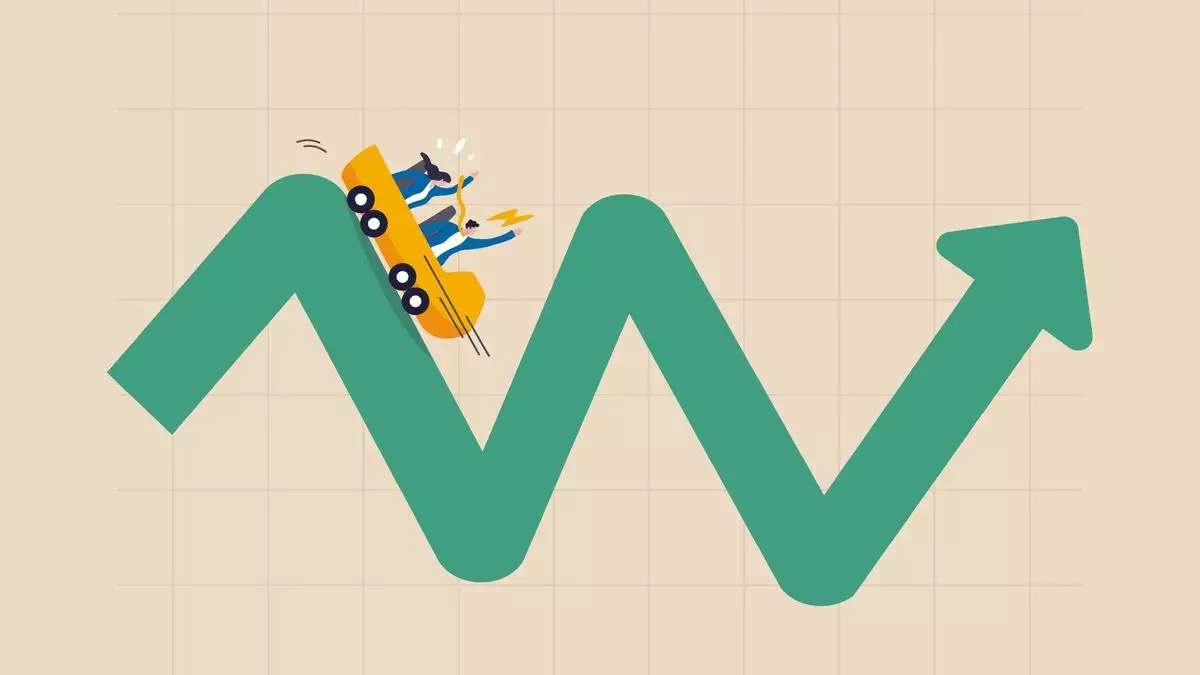As we navigate the complexities of the post-pandemic recovery, the U.S. hotel industry stands at a pivotal moment. Signs indicate that growth may be plateauing amidst broader economic challenges and shifting consumer behaviors. Latest reports reveal a concerning deceleration in key performance metrics, including revenue per available room (RevPAR), which experienced a modest rise of only 0.8% in March, in stark contrast to the more robust figures seen earlier this year. Occupancy rates are also slipping, evidenced by a decline of 0.3% during the same period.
Faced with such data, industry analysts are grappling with a paradox. While the numbers point to a slowdown, certain analysts suggest that external factors—ranging from adverse weather events to changing travel schedules—may obfuscate the underlying trends. Isaac Collazo, vice president of CoStar Group’s STR Inc., brings attention to these “noise” factors, arguing that significant regional disruptions like the Los Angeles fires and shifts in major events, such as the Super Bowl’s relocation from Las Vegas to New Orleans, skew the overall picture. Yet, it’s crucial to recognize that while some markets show promise with a 3% increase, the overarching trajectory remains one of moderation.
New Economic Realities: The Impact on Forecasting
The uncertain market environment has compelled industry leaders to revise their growth forecasts. Earlier this year, CBRE downgraded its GDP expectations for 2025, suggesting a reduction in travel and, consequently, hotel demand. This development is underscored by a troubling inflation outlook, which has been adjusted upwards by 30 basis points to 2.8%. Such recalibrations indicate that the hotel industry’s previous growth spurt could be yielding to a period of moderation—a natural phase following extended periods of rapid expansion.
Bob Webster, vice chairman at CBRE, paints a grim picture regarding inbound travel, especially from Canada, which has dwindled by about 7% in recent months. Despite these declines, Webster admits the situation could be worse, hinting at a fragile yet manageable state. Hence, the slow but evident deceleration in hotel performance metrics illuminates an industry trying to chart a clearer future amid tumultuous economic winds.
Understanding Consumer Behavior: The Allure of Promotions
One noteworthy aspect of the current hotel landscape is the aggressive promotion strategy adopted by many properties, particularly those targeting family travelers who remain cautious about future financial stability. According to Sally French, a travel writer for NerdWallet, families are feeling the pinch of economic uncertainty, prompting a surge in promotional offers designed to entice hesitant vacationers. Increased discounts, such as 50% off kids’ tickets at family-friendly resorts, are indicative of a broader trend to regain market share in the leisure travel segment.
This glimmer of hope for hospitality operators reveals how promotional pricing can serve as a bid to cushion the impact of economic fluctuations. Families weighing the decision to travel during uncertain times often find that meaningful discounts ease the burden of potential financial strain. However, such reactive strategies may only be a temporary fix, highlighting the need for the industry to explore sustainable approaches to consumer engagement and retention.
Luxury Resilience: An Outlier in Turbulent Times
Interestingly, while the broader hotel market grapples with headwinds, the luxury accommodation segment has demonstrated remarkable robustness. Preliminary data from CoStar Group shows that luxury hotel RevPAR surged by approximately 7.6% in the first quarter of this year. This durability suggests that affluent consumers are less deterred by economic uncertainty, perhaps viewing luxury travel as a non-negotiable aspect of their spending patterns.
Webster further elaborates on the unique dynamics of luxury travel by noting a ongoing shift in consumer preferences, as significant surges in luxury hospitality are now beginning to migrate from the U.S. to sought-after destinations in Europe and Asia. The luxury sector may well serve as a benchmark for resilience amidst chaotic market conditions, presenting a contrast to the more traditional lodging options struggling to maintain occupancy rates.
Navigating Uncertainty: A Call for Strategic Insights
As the hotel industry confronts an evolving landscape, characterized by tightening margins and shifting consumer preferences, the emphasis should pivot towards agility in operations and foresight in planning. The volatility plaguing the market necessitates that leaders remain vigilant, gathering data and insights to refine their approaches to forecasting and strategy. Collazo aptly points out that the current volatility transcends typical recession models, calling for a tailored understanding of the situation that incorporates real-time market feedback.
As STR prepares to unveil its updated hotel industry forecast, participants in the hospitality sector must take heed of changing dynamics. It is crucial to develop innovative strategies that not only attract travelers but also create lasting loyalty in an era marked by uncertainty. As the landscape continues to evolve, adaptability and foresight will define those who thrive in this challenging environment.


Leave a Reply